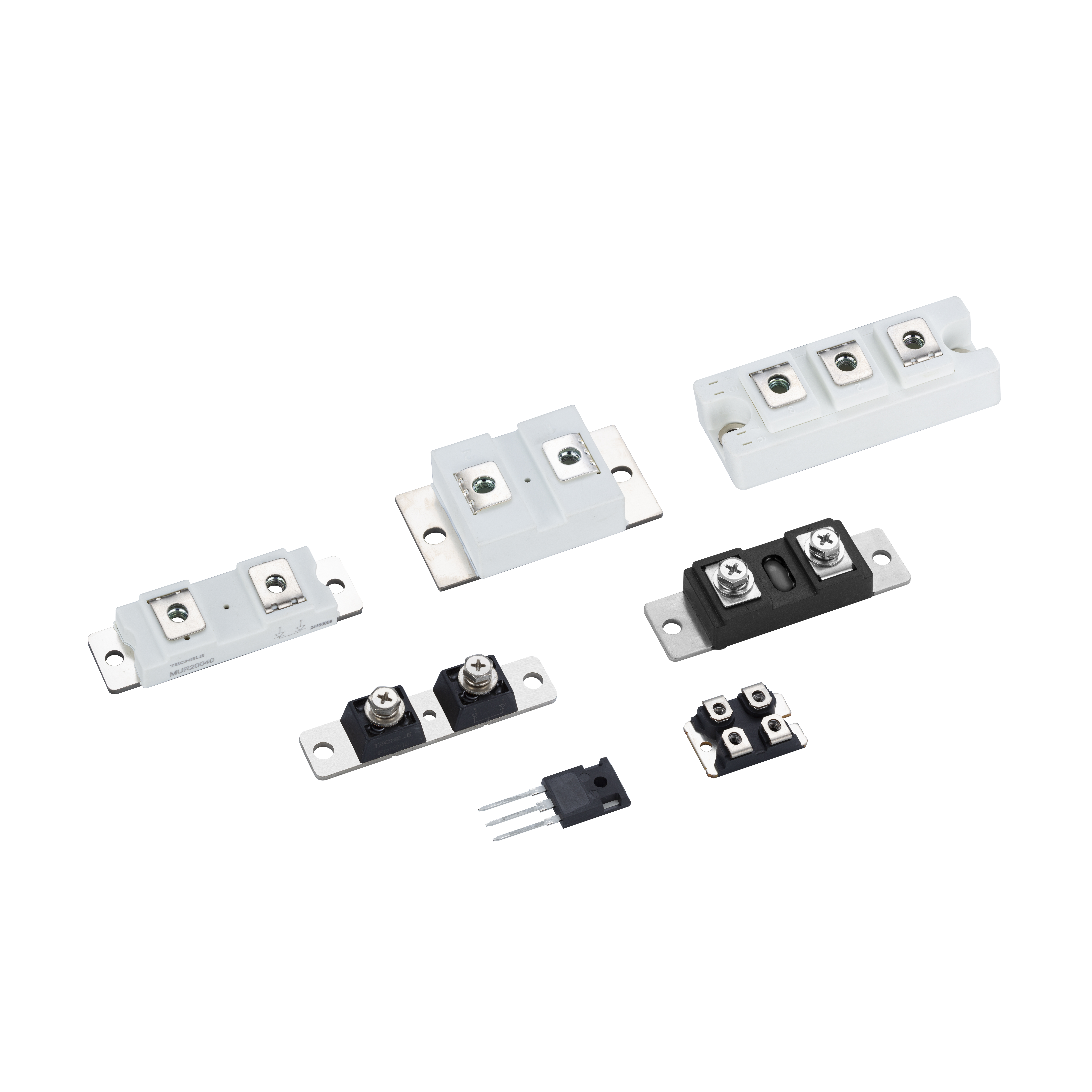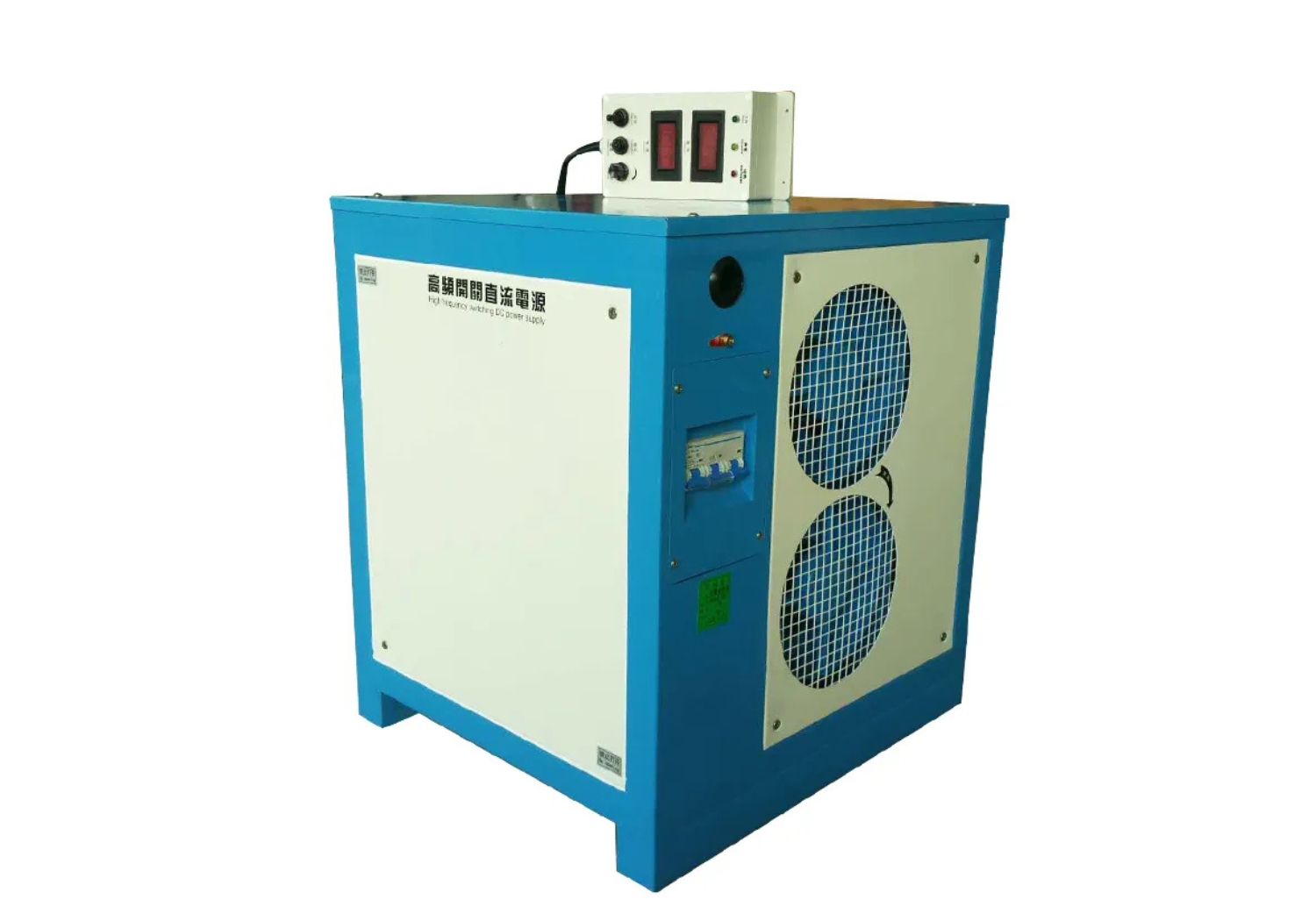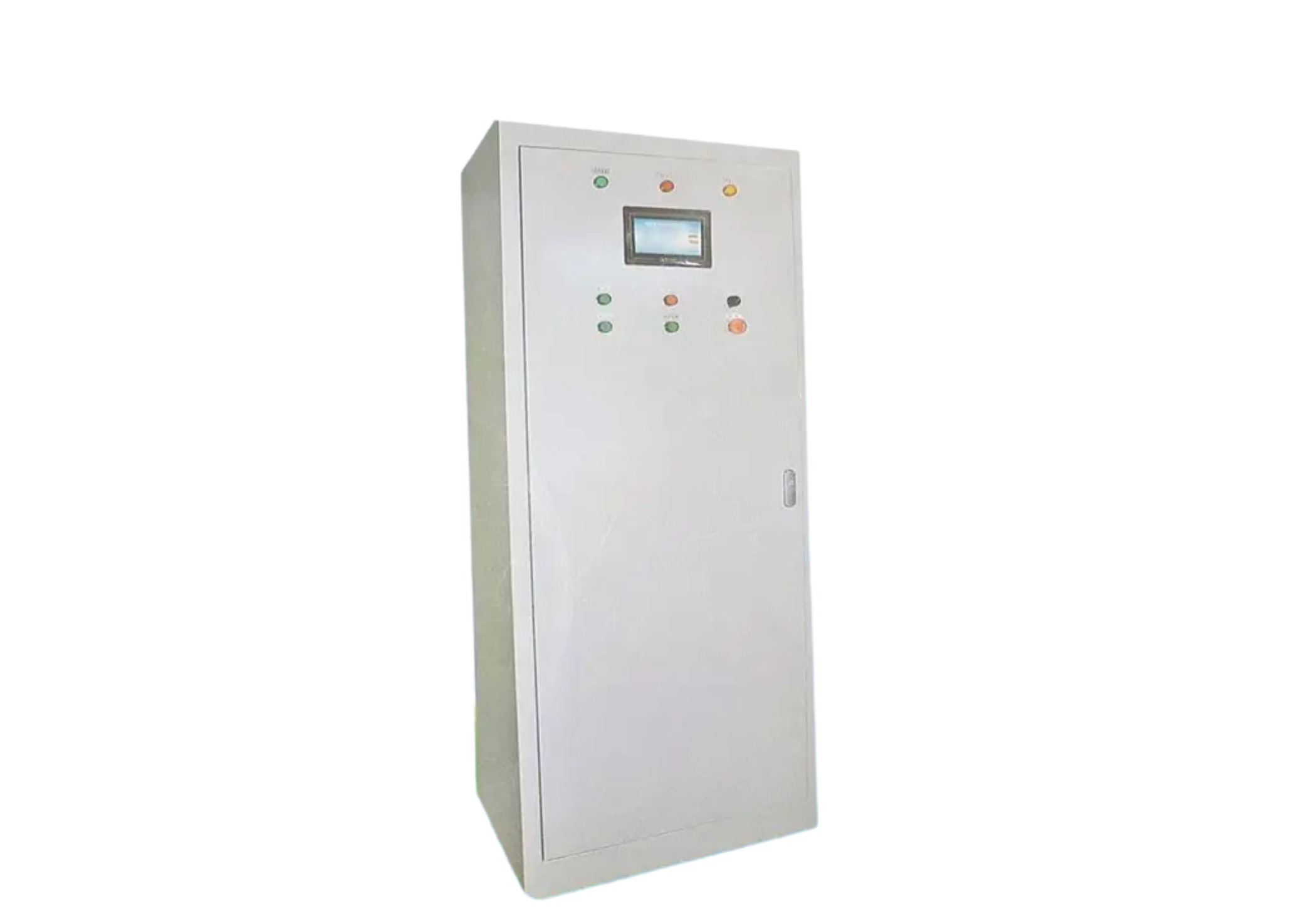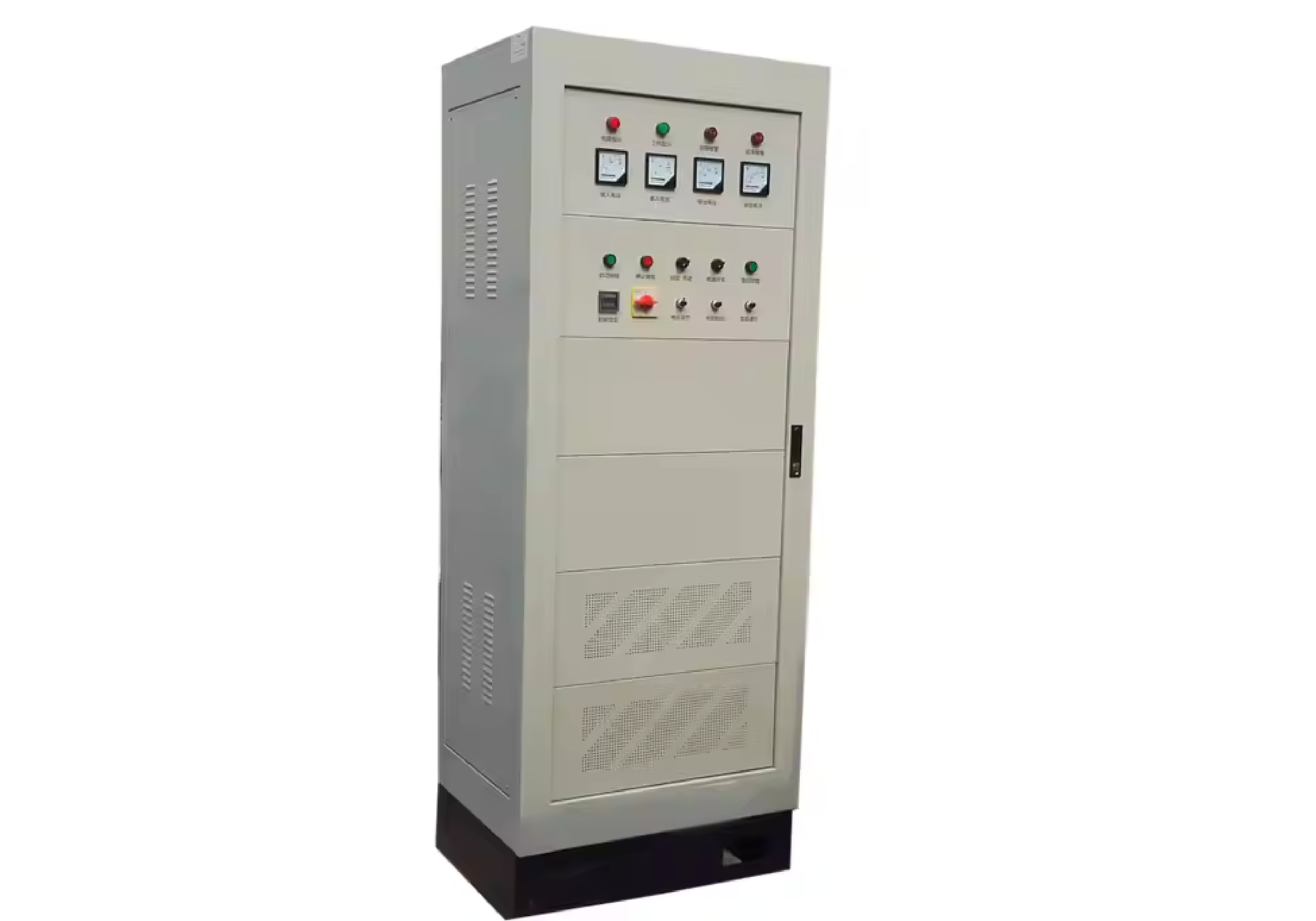Managing Lead Times and Inventory for Thyristor Modules in Critical Applications
Thyristor modules serve as essential components across various high-demand sectors, including traction, energy storage, and desalination. With rising expectations for delivery precision and component availability, manufacturers and distributors face increased pressure to maintain consistent supply chains. The integration of features such as DCB substrate temperature control, dual thyristor module, and ceramic base materials further complicates stock management due to specialized production processes.
Delivery Dynamics for Specialized Modules
Thyristor modules featuring DCB substrate temperature control provide advanced heat dissipation, making them indispensable in systems operating under continuous or variable heavy loads. As demand for such modules grows, particularly from clients in industrial phase control and plasma cutting, suppliers are forced to allocate production capacity specifically for this segment.
The supply of dual thyristor modules is often limited by the complexity of their internal configuration. These modules allow higher current ratings and redundancy, which makes them vital in sectors like traction. However, custom assembly requirements frequently stretch delivery timelines, especially when low on‑state voltage and high surge current performance is also specified.
Factors Contributing to Inventory Volatility
One of the leading causes of delayed fulfillment is inconsistency in the semiconductor supply chain. Thyristor production heavily depends on high-grade silicon and specialized processing, both of which are vulnerable to global material shortages. In turn, this limits the output of key module types, including those with ceramic base insulation for moisture and vibration resistance.
Modules designed for energy storage and desalination systems tend to require high-volume orders for scalable installations. These applications often use components with low on‑state voltage to maximize energy throughput and minimize operational losses. The convergence of mass demand and feature specificity frequently causes temporary stock depletion.
Adding to the challenge is the demand for modules that can handle high surge current. Applications like plasma cutters or motor-start systems experience sharp current spikes, requiring modules with durable thermal paths and quick switching capabilities. Inventory of such ruggedized components is often batch-limited due to extended quality assurance processes.
Lead Time Expectations by Industry and Region
In Europe and North America, the average delivery time for standard thyristor modules is around 4–6 weeks. However, modules with DCB substrate temperature control, dual thyristor layouts, or ceramic base enhancements may take 8–12 weeks, especially when intended for traction or desalination environments.
In Asia-Pacific markets, lead times vary widely. While some manufacturers offer localized stock for industrial phase control, others rely on central production hubs, leading to shipping delays. Procurement cycles are further complicated by port congestion and customs processing, extending delivery to over 14 weeks in certain scenarios.
Strategic Inventory Solutions
To mitigate delays, large-scale buyers are shifting to proactive sourcing. Holding contracts with manufacturers that maintain buffer stock of semiconductor-based, low on‑state voltage modules provides more consistent access. Additionally, choosing suppliers with agile assembly capabilities for dual thyristor modules ensures faster customization without significant delivery setbacks.
For sectors like energy storage or traction, establishing minimum order guarantees can secure production priority. This is particularly important for modules requiring features like DCB substrate temperature control or high surge current ratings.
Another growing trend involves predictive analytics. Advanced buyers are now integrating consumption forecasting with supplier platforms, allowing dynamic replenishment of modules with ceramic base design and other long-lead components.






